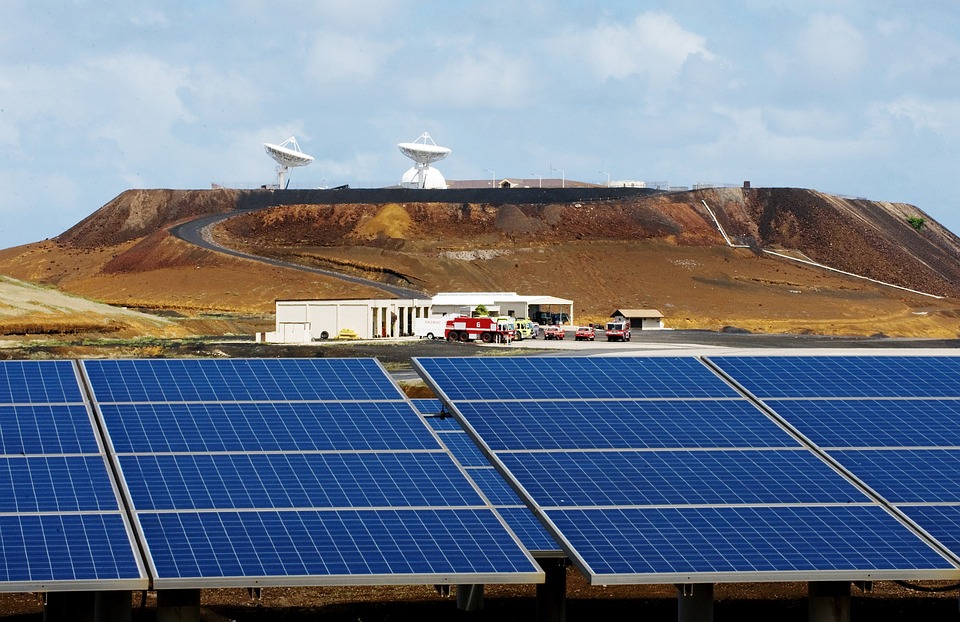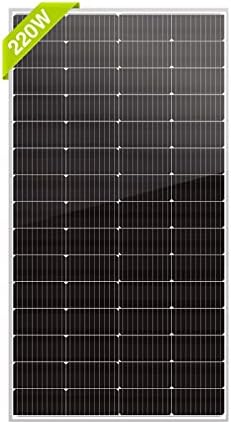Living off the grid has been a wild adventure for me. As someone who has experienced the joys of harnessing solar energy, I understand the importance of selecting the most efficient solar panels. The market is flooded with options, but today, we will focus on the battle of the giants: Crystalline vs. Thin-Film solar panels. Both types boast impressive qualities, but which one will reign supreme in terms of efficiency? Join me as we dive into the world of solar panels and uncover the champion in this exhilarating competition.
Crystalline solar panels have long been the go-to choice for many solar energy enthusiasts, and for good reason. They are made of either monocrystalline or polycrystalline silicon, a material that efficiently converts sunlight into electricity. Monocrystalline panels have a distinct uniform look with rounded edges, while polycrystalline panels showcase a speckled appearance due to their multi-crystalline structure.
Thin-Film solar panels, on the other hand, are composed of a variety of materials, including amorphous silicon, cadmium telluride, and copper indium gallium selenide. These panels differ from their crystalline counterparts in terms of appearance and manufacturing techniques. Thin-Film panels are typically darker and have a sleeker, more flexible design, allowing for greater versatility in their application.
Now, let’s get down to business – efficiency!
Crystalline solar panels have long been favored due to their higher efficiency levels. With their improved technology, they boast an efficiency range of 15% to 20%, making them a reliable choice for those seeking maximum power output. These panels are ideal for spaces with limited real estate, as they can generate more electricity per square foot.
Thin-Film solar panels, while not as efficient as Crystalline panels, still hold their own in the energy game. Their efficiency ranges from 10% to 12%, which is not too shabby considering their unique advantages. Thin-Film panels perform exceptionally well in higher temperature environments, making them an attractive option for those living in sun-drenched areas. Additionally, they have a higher tolerance for shading and low light conditions, ensuring a steady power supply even when partially obstructed.
One key factor to consider when comparing these solar panel options is their initial cost. Crystalline panels tend to be more expensive than Thin-Film panels, primarily due to their higher efficiency levels and intricate manufacturing process. However, the long-term benefits of their increased power generation may outweigh the initial investment.
On the flip side, Thin-Film panels are more affordable, making them a popular choice for budget-conscious solar energy enthusiasts. Their lower efficiency levels are balanced by their lower cost, and they still manage to provide a reliable source of clean energy. For those with ample space and a desire to save money upfront, Thin-Film panels can be an excellent choice.
Another factor to consider is the durability of these solar panels. As someone who has witnessed the wrath of a wild storm while living off the grid, it’s crucial to understand the resilience of your chosen solar panels. Crystalline panels typically have a longer lifespan, often ranging from 25 to 30 years. Their solid construction and robust materials offer better protection against wear and tear, ensuring a prolonged and reliable power supply.
Thin-Film panels, though slightly less durable, still offer a decent lifespan of around 20 years. Their lightweight and flexible design make them less susceptible to micro-cracks, ensuring a longer-lasting performance. However, it’s worth noting that Thin-Film panels may require more space due to their lower efficiency, offsetting some of the durability advantages.
Now, before we declare a winner in this epic battle, let’s dive into some intriguing pro tips to help you make an informed decision:
Pro Tip 1: Assess your space and energy needs. If you have limited space or need maximum power output, Crystalline solar panels are your best bet. On the other hand, if you have ample space, a tighter budget, and need a reliable power supply in challenging environmental conditions, Thin-Film panels might be the ideal choice.
Pro Tip 2: Consider the long-term benefits. While the initial cost of Crystalline panels may appear higher, their increased efficiency and durability make them a worthwhile investment. Thin-Film panels, with their lower upfront cost, are better suited for those prioritizing affordability in the short term.
Pro Tip 3: Factor in environmental conditions. If you live in an area with frequent shading, low light conditions, or higher temperatures, Thin-Film panels shine with their ability to perform well under these circumstances. Crystalline panels, although excellent overall performers, may struggle to reach their full potential in such challenging scenarios.
As someone who has experienced the joys and challenges of living off the grid, I understand the importance of selecting the most efficient solar panels. While Crystalline solar panels dominate in terms of efficiency, Thin-Film panels offer their own set of advantages that make them a viable choice for specific situations. By considering key factors such as space availability, budget, and environmental conditions, you’ll be well-equipped to make an informed decision.
So, whether you choose the uniform elegance of Crystalline panels or the sleek versatility of Thin-Film panels, know that you’re making a positive impact on both your energy consumption and the environment. Harness the power of the sun, embrace clean energy, and embark on your own off-the-grid adventure!



